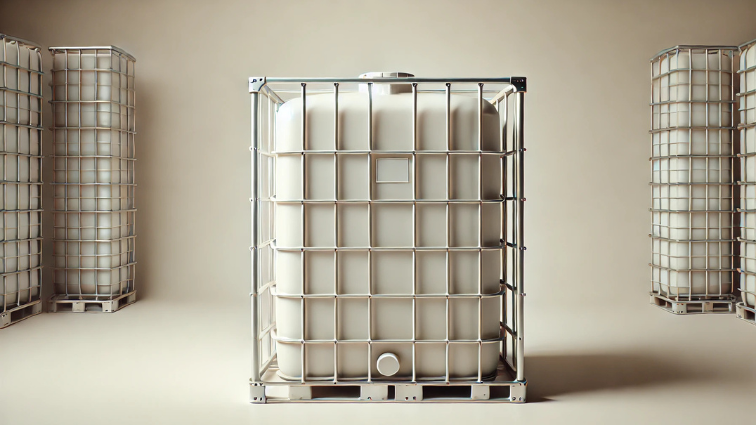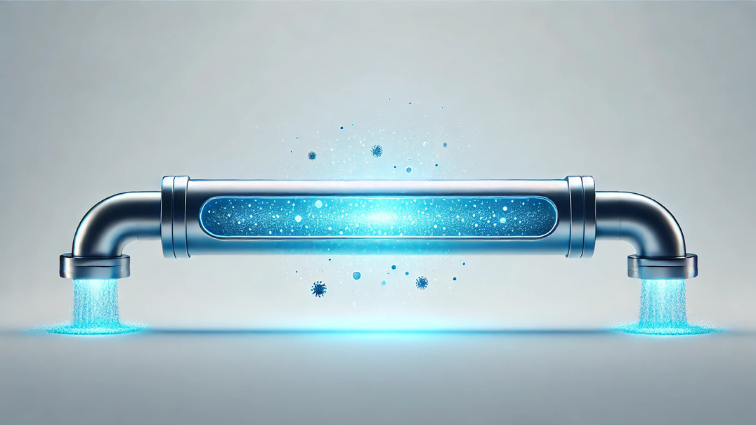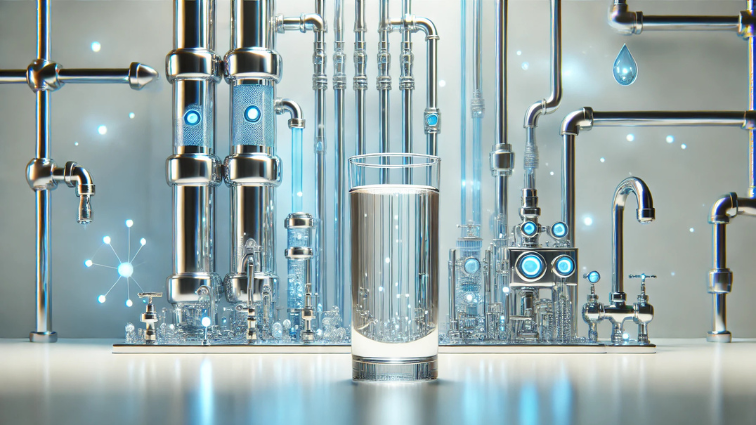Guide

Guide: UVC Disinfection for Tank Sterilization – Functionality, Challenges, and Optimal Solutions
Tank disinfection is essential because standing water promotes germs. UVC disinfection is effective, but it should be combined with flow-through disinfection and filtration for maximum water quality and safety.

Guide: UVC Disinfection for Air – Functionality, Benefits, and Systems
UVC air disinfection effectively reduces germs indoors - completely without chemicals. Whether with an open emitter or an active fan system: It ensures clean indoor air and noticeably increases health protection.

UVC disinfection for legionella prevention – functionality, advantages, and comparison with other methods
UVC disinfection offers a chemical-free solution for legionella prevention in hot water systems. It reliably works against bacteria in the water and sustainably supports protection against Legionnaires' disease.

Guide: UVC Disinfection in the Pool Area – Installation, Effect, and Benefits
UVC disinfection in the pool effectively reduces germs and algae - completely without aggressive chemicals. It noticeably improves water quality, is gentle on skin and eyes, and can be easily integrated into existing filter systems.
 Telefon: +49 3641 327 9697
Telefon: +49 3641 327 9697
 Offizieller Purion Händler
Offizieller Purion Händler
 Europaweite Lieferung
Europaweite Lieferung


